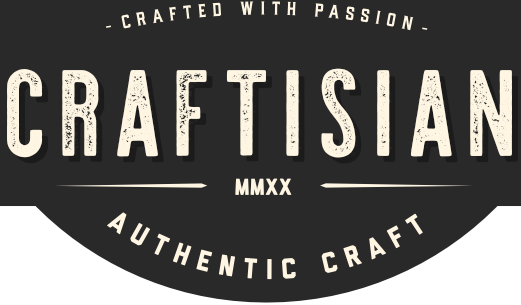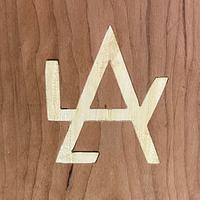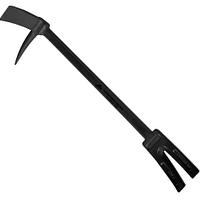
BB1
in about 3 years
Wood glue vs CA
Interested in the approach of others. What general situations lead you to use CA?
33 Replies
working with my hands is a joy,it gives me a sense of fulfillment,somthing so many seek and so few find.-SAM MALOOF.
I use CA to glue metal to wood (generally medium or thick CA), or to fill cracks in wood (thin CA, possibly with sawdust pushed into the crack if it's separated such that it can't be glued back together), although if a crack happens before I've started working a piece, I'll generally finish cracking the wood, and then decide whether it's worth gluing the two pieces back together with wood glue.
The other glues I'll use are epoxy (sometimes used as a coating / finish, to fill large cracks, or glue wooden scales to a metal knife, and sometimes used as structural material), fish glue (gluing metal to wood where stresses will be low - frets in a fingerboard are a great example), contact cement (veneer sometimes, or wood to leather), and hide glue (wood to wood where I might want to be able to take things apart later, or veneer to wood when hammer-veneering).
May you have the day you deserve!
Thank you!
My most common use of CA as an adhesive is for something like a turquoise inlay. I fill pockets, cracks and knots with ground turquoise (basically sand consistency) and dribble CA over it in layers until all the space around the sand if filled. Much neater than using epoxy, though staining around the area can cause issues.
--Nathan, TX. Hire the lazy man. He may not do as much work but that's because he will find a better way.
For gluing your cross in place, CA would be fine. That said, there’s no real reason not to use wood glue for it to guarantee a better bond, IMO.
Ryan/// ~sigh~ I blew up another bowl. Moke told me "I made the inside bigger than the outside".
Beyond that, have some tape layout marks for positioning the cross before applying glue. It's nice to not need to measure and adjust position while the glue is setting 🙄
Cheers, Jim ........................ Variety is the spice of life...............Learn something new every day
--Nathan, TX. Hire the lazy man. He may not do as much work but that's because he will find a better way.
working with my hands is a joy,it gives me a sense of fulfillment,somthing so many seek and so few find.-SAM MALOOF.
Tb3 is indeed slippery, but for open time I'll make sacrifices.
Hadn't heard of the Thick and Quick, I'll have to heck it out.
When I do miters, they'll often be splined, but I'll do a regular glue up, let dry, then cut for the splines.
Always a bit apprehensive about it falling apart mid cut, but hasn't happened yet.
An up coming project frame is about 6' tall and 12" wide, that has me trying to decide on a safer approach.
working with my hands is a joy,it gives me a sense of fulfillment,somthing so many seek and so few find.-SAM MALOOF.
Ryan/// ~sigh~ I blew up another bowl. Moke told me "I made the inside bigger than the outside".
working with my hands is a joy,it gives me a sense of fulfillment,somthing so many seek and so few find.-SAM MALOOF.
















